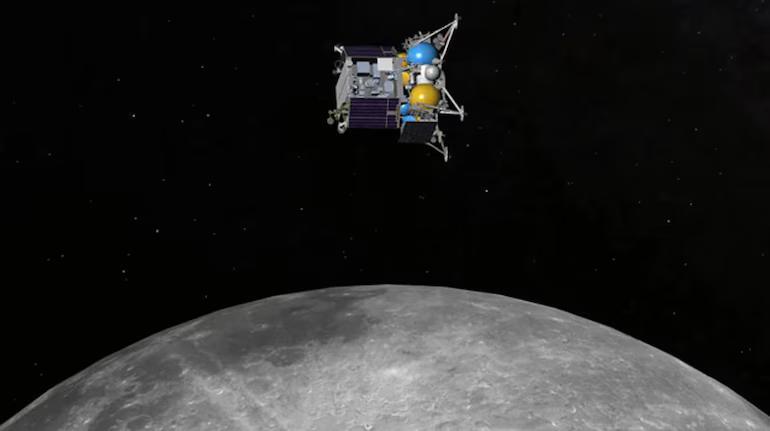
Chandrayaan-3 re-enters Moon’s sphere of influence
In a significant development, the Chandrayaan-3 Propulsion Module has re-entered the Moon’s sphere of influence, marking a crucial milestone in the mission’s extended journey. This event comes over two years after the mission’s historic landing in August 2023, which was a major achievement for the Indian Space Research Organisation (ISRO). Launched in July 2023, the Chandrayaan-3 spacecraft had remained in a 150 km lunar orbit after deploying the lander and rover, conducting extensive scientific experiments and providing valuable insights into the Moon’s composition and geology.
The Chandrayaan-3 mission was designed to study the Moon’s south pole, a region that is believed to hold significant scientific importance due to its unique geological features and potential resources. The mission consisted of a Propulsion Module, a Lander, and a Rover, each designed to play a critical role in the overall success of the mission. The Propulsion Module served as the main spacecraft, providing the necessary propulsion and power for the mission, while the Lander and Rover were designed to descend to the lunar surface and conduct in-situ experiments.
After completing its primary objectives, the Chandrayaan-3 Propulsion Module executed a series of trans-Earth injection manoeuvres in October 2023, which placed it on an Earth-bound path. This marked the beginning of the module’s extended mission, which aimed to utilize the spacecraft’s remaining resources to conduct additional scientific experiments and gather more data. The trans-Earth injection manoeuvres were a complex series of engine burns that allowed the spacecraft to escape the Moon’s gravitational influence and embark on a new trajectory that would take it back towards Earth.
Now, with the Chandrayaan-3 Propulsion Module re-entering the Moon’s sphere of influence, scientists are eager to analyze the wealth of data that will be generated during this phase of the mission. The spacecraft’s re-entry into the Moon’s gravitational sphere will provide a unique opportunity to conduct flybys, which will enable scientists to gather more information about the Moon’s exosphere, geology, and composition. The data collected during these flybys will be crucial in advancing our understanding of the Moon and its place in the solar system.
The Chandrayaan-3 mission has already provided significant scientific insights, including high-resolution images of the lunar surface, data on the Moon’s exosphere, and information on the lunar regolith. The mission has also demonstrated the capabilities of Indian space technology, showcasing the country’s ability to design, develop, and execute complex space missions. The success of the Chandrayaan-3 mission has paved the way for future lunar missions, including the planned Chandrayaan-4 mission, which is expected to launch in the near future.
As the Chandrayaan-3 Propulsion Module continues its journey, scientists will be closely monitoring its progress, analyzing the data generated during the flybys, and planning for future missions. The mission’s extended journey has provided a unique opportunity to conduct additional scientific experiments, and the data collected will be invaluable in advancing our understanding of the Moon and its place in the solar system.
In conclusion, the re-entry of the Chandrayaan-3 Propulsion Module into the Moon’s sphere of influence marks a significant milestone in the mission’s extended journey. The data generated during this phase of the mission will provide vital scientific insights, advancing our understanding of the Moon and its composition. As we look to the future, it is clear that the Chandrayaan-3 mission has paved the way for future lunar missions, and its success will have a lasting impact on the field of space exploration.




